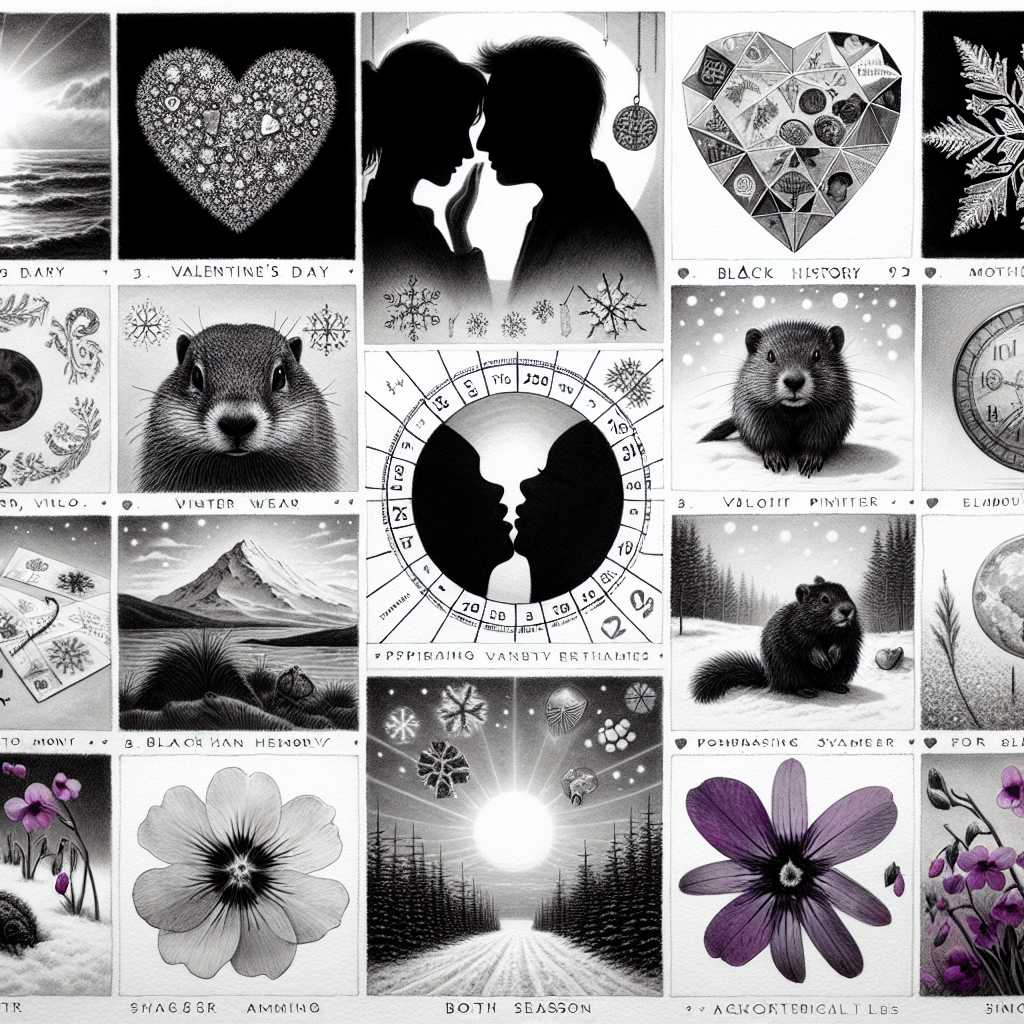Understanding February: Month of History, Traditions, and Significance
February is the second month of the year in the Julian and Gregorian calendars, notable for being the shortest month with 28 days in common years and 29 days in leap years. Historically, February did not always occur as the second month; the ancient Roman calendar once had only ten months and did not include January or February. Later reforms added these months to the start of the year.
Historical Perspective on February
February’s name originates from the Latin word “februum,” which means purification. This is in reference to Februa, an early Roman festival and cleansing ritual held on February 15. The addition of January and February to the ancient Roman calendar realigned the year with the solar year but kept agricultural norms settled within the community.
Cultural Significance: Festivals and Observances
Throughout history, February has been associated with various cultural observances. Herein lies one key feature in understanding the eclectic nature of this month.
Valentine’s Day
Valentine’s Day, celebrated on the 14th of February each year, is perhaps one of the most globally recognized occasions associated with this month. It is a day that celebrates love and affection between intimate companions. While it carries the name of Saint Valentine, its historical origins are complex, mixing Christian martyrdom legends with possibly earlier pagan holidays like Lupercalia.
Black History Month (USA)
In the United States and Canada, February serves as Black History Month, a time dedicated to honoring the impactful contributions and experiences of African Americans throughout history. This observance began in 1926 and highlights both achievements and struggles faced by this community over the centuries.
Groundhog Day
Groundhog Day on February 2 has its roots in Pennsylvania German culture and has become synonymous with weather prediction in North America. Folklore states that if a groundhog sees its shadow after emerging from its burrow, we can expect six more weeks of winter.
Science and Space Exploration
Recently, February has captivated our attention for celebrating significant achievements in science, particularly space exploration. This includes memorializing significant milestones such as the successes of different Mars rovers that have tended to correspond with the late January to February timeline for their landings due to planetary alignments.
Noteż
Climate and Seasonal Characteristics
February remains a winter-bound month in the Northern Hemisphere and a summer-based period in the Southern Hemisphere, where various countries celebrate events like New Zealand’s Waitangi Day or Australia Day.
Weather Patterns: February’s Temperamental Climate
The weather patterns observed vary tremendously around the globe. In many northern regions, it is part of climactic deep winter with short days and long nights. Conversely, southern locales often experience some of their warmest temperatures.
Birth Flowers and Stones
Those born within the month are joined by birth flowers violet or primrose which suggest loyalty and faithfulness, while their birthstone is amethyst.
February’s Impact on Agriculture
The advent of preparing for spring occupies farmers during February. Pruning trees or browsing seed catalogs for planting can attest to work focused on future harvest plans.
Contemporary Celebrations: Holidays Unique to National Contexts
Many nations have specific commemorative days locked within February’s hold—whether that be unique independence days or cultural observances.
The Leap Year Phenomenon: Why We Have Leap Days
Leap years make their mark with an extra day resulting from corrective syncing needed due to the astronomical year not perfectly lining up with our calendar year.
The Symbolism behind Leap Year Traditions
Leap years aggregate folksy traditions such as women taking lead proposing marriage or debts being paid off.
Notes
Concluding Reflections: The Essence of February
Through commingling cultural festivities and natural world emphasis plus incorporating bits of arcane lore wrapped within advanced sciences milestones, February is truly a microcosm of humanity’s multifaceted portrayal across time, wrapped within a mere 28 or 29-day span.
